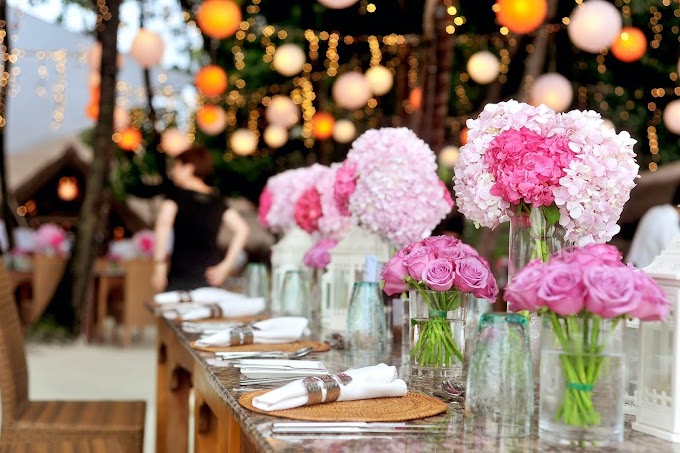Do you need to spruce up your outdoor space? Outdoor lighting can transform a dull space into dazzling in moments. It brings out the best aspects of your garden, creates an inviting atmosphere for entertaining and makes outdoor places more accessible and safer. If you're considering installing outdoor wall lights at your home, read on.
Landscape lighting and building lighting are the two main types of outdoor lighting. The best outdoor lighting designs use both types to create a seamless outdoor experience that can be enjoyed all year! The most common lighting options for enhancing your outdoor living spaces and gardens are listed below.
- Path lightsLandscape lighting is incomplete without path lights. They aid visitors in navigating your garden's pathways or steps, preventing sprained ankles and damaged flowerbeds. They improve the overall security of your home by reducing the number of dark spots where unwanted visitors could hide.
- Outdoor wall lightsOutdoor wall lighting is a low-voltage, somewhat bright kind of security and accent lighting that is primarily used to enlighten and assist navigation in recessed regions of the yard where shadows lurk. They can be mounted on any vertical surface, including the inside of your pergola, above stairwells and around sunken seating spaces.
- Deck lightsDeck lighting is a terrific outdoor lighting option for Australians who love their decks. Deck lights are recessed in the deck and are a sort of uplight. They look fantastic when placed next to pillars or posts, allowing light to shine up through the pillars and onto the roof. Deck lights can be as simple as a warm white spotlight or as sophisticated as colour changing lights. Swimming pools and outdoor eating spaces can benefit from deck lighting. For an environment-friendly option, you can choose outdoor solar garden deck lights.
- SpotlightsArchitectural details and landscaping benefit greatly from spotlights. They gain prominence, though, in potentially dangerous situations such as around a pool or a split-level deck or patio.However, avoid focusing too much light in one location, as this makes other parts appear darker.Install LED wall lights in the corners of the area you want to illuminate instead. Break up the long stretch of light in long rectangular gardens by aiming the lights up to emphasise plants, trees or decorative objects. To provide light to garden beds, point them down.
- DownlightsCarports, alfresco decks with a ceiling, entryways and eaves are all places where downlights can be used. Outdoor spaces don't need to be as brightly illuminated as inside settings and downlights can be rather bright, so don't install too many. Smaller spot downlights, which are less bright but still function well in eaves, are another choice. However, take care not to disrupt old eaves during installation, as many Australian homes built before the 1980s are likely to include asbestos eaves! Make sure you use a licenced electrician who won't disturb the asbestos.
- Feature lightsDo you have a favourite element in your garden that you want to highlight? It might be a mature tree, a pond, a unique piece of architecture or a statue on your property. Feature lights often have a narrower beam angle of 20-60 degrees, so they create a focal point that draws your attention. These feature lights offer depth and character to your landscape lighting design when combined with other garden lights.
Final thoughts
Installing outdoor lighting can be expensive. Thus, you must make a decision beforehand for what kind of lights you want to choose. Portable LED lights are a good choice if you do not want to choose fixtures. A properly lit garden space provides a peaceful ambience for unwinding in the evenings after a day’s hectic schedule.
Also, it makes your evening parties and dinners an instant hit. Make a wise decision and enjoy a vivid outdoor space right away.









 Erika Rhein, the contributing author and the professional blogger by profession. With years of experience, I now focus on writing blogs on varied niches. Being a research enthusiast, I like to provide my readers with the useful and informative articles on the different topics they are looking for. I aim to create a difference through my writing.
Erika Rhein, the contributing author and the professional blogger by profession. With years of experience, I now focus on writing blogs on varied niches. Being a research enthusiast, I like to provide my readers with the useful and informative articles on the different topics they are looking for. I aim to create a difference through my writing.
0 Comments